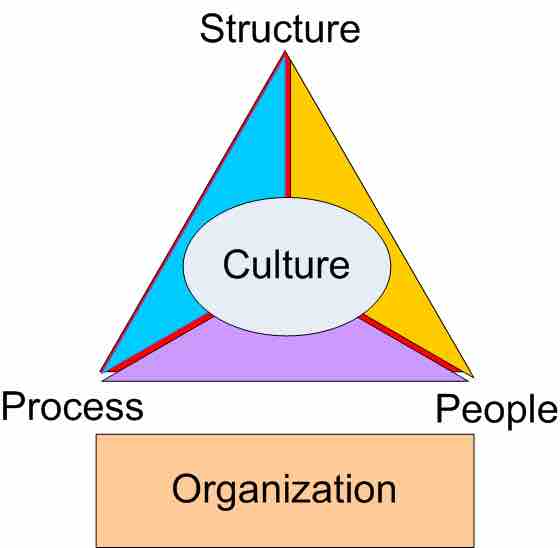Corporate culture is used to control, coordinate, and integrate company subsidiaries. Culture runs deeper than this definition, however, because culture also represents the embedded values, traditions, beliefs, and behaviors of a given group. Culture is indicative not only of what individuals pursue and believe in, but also their behaviors, assumptions, and communications. As a result, culture is both complex to create and challenging to communicate and imbue within the organization.
Communicating Culture
The role of the manager is essential to the successful communication of a given organizational culture because managers are figureheads and role models for how individuals in the organization should behave. While it is too simplistic to say that culture is a top-down communicative process, there is relevance to the idea that culture generally begins with the founders of the organization and the values they emphasize in the organizational growth and hiring process.
Leaders have a number of tools and strategies at their disposal to communicate culture. Some of the most critical of these are structure, hierarchy, mission and vision statements, employee handbooks, hiring processes, and employee training and initiation. With many diverse tools for communicating culture comes the challenge of aligning each perspective for consistency of message: for instance, the employee training program must emphasize the same values as the mission statement and must match the executive mandate for organizational structure and design.
Communication is the core tool for managing this cultural integration, enabling executives to remind employees what the organization stands for and why it's important. Holding company-wide quarterly meetings to emphasize objectives and strategy and sending out emails with key successes and developmental challenges are great ways to keep the conversation going.
The Role of HR
It is also critical to make the hiring process match and promote the culture by hiring talent that is consistent with cultural expectations and implementing training programs that effectively emphasize what the organization stands for and why. Human resource professionals are tasked with identifying candidates with culturally consistent perspectives and with underlining the importance of cultural considerations in interviews and on-boarding processes.

Organization triangle
This organization triangle illustrates the idea that structure, process, and the people involved all contribute to the culture of an organization.